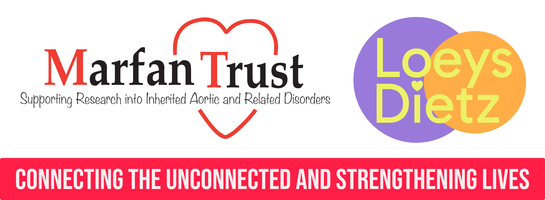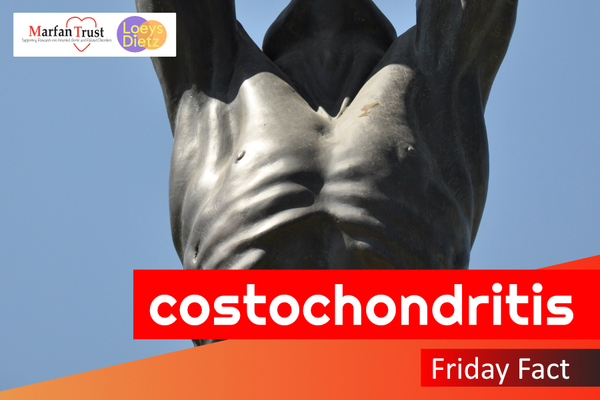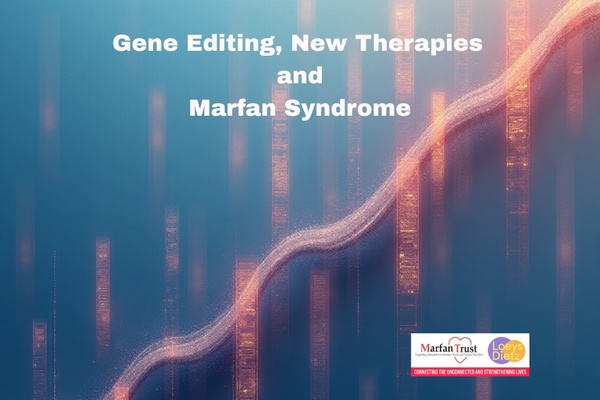An abrupt, excruciating chest pain may well propel a person into panic. After all, it could signal a heart condition. But pain can be misleading, and its intensity doesn’t necessarily correspond to its seriousness. What is costochondritis?
Costochondritis describes inflammation of the cartilage that connects a rib to the middle of your chest, the sternum. This can prompt a sharp pain that mimics that of a heart attack or other heart conditions.
Costochondritis most commonly affects the upper ribs on the left-hand side of your body. Pain is often worst where the rib cartilage attaches to the sternum but it can also occur where the cartilage attaches to the rib.
The pain is often most acutely felt when you are:
· moving your upper body
· lying down
· breathing deeply
· pressing the middle of your chest
· taking a deep breath, coughing, sneezing or with any chest-wall movement
The symptoms are usually:
· felt on the left side of your breastbone
· sharp, aching or pressure-like
· affecting more than one rib
· radiating to arms and shoulders
Costochondritis is sometimes known as chest wall pain syndrome, costosternal syndrome or costosternal chondrodynia. Sometimes, swelling accompanies the pain (Tietze syndrome).
Costochondritis is common in Marfan syndrome and the source is weakened musculoskeletal system. Pain is elicited by compressing the chest over the costochondral junction in the middle of the ribs at the front of the chest, and releasing the pressure suddenly. This should be done on both right and left sides of the chest. If this is the source, steroid injections into this joint on each rib will ease the pain.
Treatment can also focus on easing the pain while waiting for the condition to improve on its own, which can take several weeks or more.









